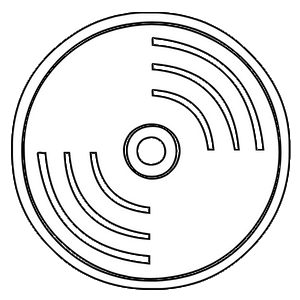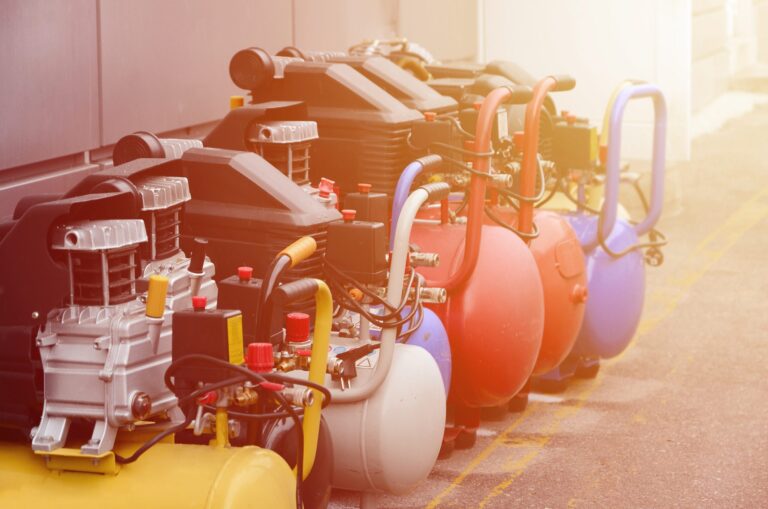Energy, in its most basic sense, is the capacity to do work. It exists in a multitude of forms and is the driving force behind everything we experience and observe in our daily lives. Without it, nothing could happen, as every action, reaction, and interaction requires energy. This article aims to provide an overview of the concept of energy and the different forms it can take, illustrating its importance in various aspects of our lives, including powering our homes and fueling our vehicles.
Harnessing Energy: From Home to Industry

One of the most tangible ways we interact with energy daily is through our household systems, particularly heating and air conditioning. A reliable heating and AC repair company in New Orleans, LA, for instance, understands the intricacies of how energy is harnessed and transformed to regulate home temperature. They rely on the principles of thermal energy, which is the internal energy of an object due to the kinetic energy of its atoms and molecules. When we turn on our AC or heating systems, we’re effectively manipulating thermal energy to maintain a comfortable living environment.
Energy in these systems often originates from electrical energy provided by power plants. This electrical energy is then converted into mechanical energy by the systems’ motors, which in turn creates thermal energy for heating or cooling. This process exemplifies energy’s mutable nature—its ability to transform from one form to another to accomplish specific tasks.
Fueling Our World: The Role of Chemical Energy
As we venture beyond our homes, we encounter another major form of energy: chemical energy. This type of energy is stored in the bonds of chemical substances and is released in chemical reactions. A prominent example of this is the burning of diesel fuel. A diesel fuel supplier in Alberta, for example, provides the fuel that is crucial for transportation and industry, playing a key role in powering the modern world.
Diesel fuel, like other types of fuel, stores immense amounts of chemical energy. When ignited in an engine, chemical reactions occur that convert this energy into mechanical energy. This mechanical energy then drives the pistons in the engine, propelling vehicles forward or powering industrial machinery.
The Power of Renewable Energy

Another form of energy gaining significant traction in recent years is renewable energy. This refers to energy harnessed from sources that are naturally replenished, such as sunlight, wind, and water. These types of energy are converted into usable forms through technologies like solar panels, wind turbines, and hydropower plants.
The potential of renewable energy sources is immense. Solar energy, for instance, is derived from the sun’s radiant light and heat. Photovoltaic cells in solar panels convert this radiant energy into electrical energy, which can then be used to power homes, businesses, and even entire communities. Similarly, wind energy harnesses the kinetic energy of moving air to generate electricity.
In conclusion, energy, a cornerstone of life, is a dynamic and transformative force. From the thermal energy harnessed by a heating and AC repair company to the chemical energy supplied by diesel fuel suppliers, our world is deeply entwined with the various forms and transformations of energy. As we continue to innovate and develop new ways of harnessing and using energy, such as renewable sources like solar, wind, and hydro energy, our understanding of energy’s diverse forms continues to expand.
Grasping the principles of energy not only elucidates the fundamental workings of the universe but also helps us shape a sustainable future. By recognizing the importance of energy in its many forms, we gain the ability to understand and address the energy needs of our ever-evolving world.












